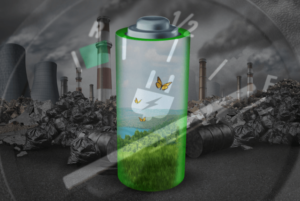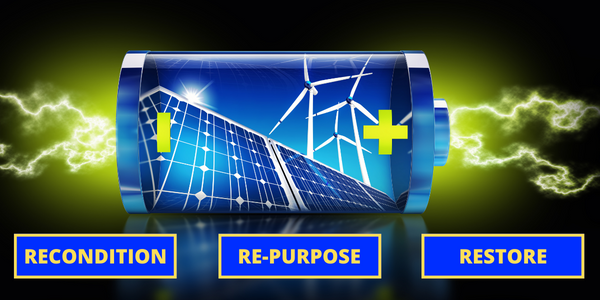The EV battery recycling industry is in the nascent stage. The growth in electric vehicles has increased the demand for battery reconditioning and recycling. This has created a new opportunity for companies to invest in battery reconditioning and reuse. The market/sector is growing at a rapid pace but still lags well behind it’s counterpart of the lead acid battery reconditioning sector at only 5% recycled globally. The reconditioning of EV batteries need to keep pace with the increasing number of EVs on the road. The drive towards a greener future and the government’s push to reduce carbon emissions. Those commitments in line with commitments made by the UK (Paris Agreement 2015) and legal obligations (Climate Change act 2008).
EV Battery Recycling
In the past, the lithium ion battery was considered a disposable product. However, recent technological advances have led to an increased demand for reuse and recycling of EV batteries. This has led to many opportunities in the battery reconditioning industry. Emissions have to be reduced by 78%  in under 15 years and to zero by 2050. The EV battery recycling market is projected to grow at a CAGR of 25.4% from 2018 to 2023. The growth in this market is primarily driven by the increasing adoption of electric vehicles, which has resulted in an increase in the demand for EV batteries.
in under 15 years and to zero by 2050. The EV battery recycling market is projected to grow at a CAGR of 25.4% from 2018 to 2023. The growth in this market is primarily driven by the increasing adoption of electric vehicles, which has resulted in an increase in the demand for EV batteries.
The battery represents a substantial component cost of an EV, the cost can vary quite widely. In the UK the estimated average cost of an EV battery is around £5,600. Those costs ranging from around £2,800 for a Mini Electric to over £9,000 for a BMW i7. An average figure is based on £87 per kWh. The costs in the U.S. average from between $4,500 to a breath taking figure nudging $18,000. The growth opportunities in EV battery reuse and recycling are vast. There is no precise point that can be identified as to when an EV battery will fail. However there will come a time when an EV battery will fail to hold a charge.
While this is impossible to pinpoint the life span can vary between 8 and fifteen years. The reason why replacement costs are so high is that it is almost impossible to source a battery from any one other than the manufacturer or their dealer. This is why replacment costs are so extortionate. While EV battery recycling is a growth industry it isn’t widely accessible as yet. Mindful that the elctric vehicle market is likely to reach more than 1 billion cars by 2040. As the number of electric vehicles on our roads increases, so does the need for battery recycling and reuse.
A new report by Global Industry Analysts (GIA) states that one of the most promising areas in EV battery reuse and recycling is the transportation sector. EV sales will increase to 34 million in 2025, 121.2 million by 2030 and further 636.7 million by 2040. In order to address the growing energy demand, utility company’s must leverage technologies. These technologies and initiatives include peer-to-peer blockchain trading and vehicle to grid. Optimising smart charging together with charging and demand response programmes. The global EV fleet will require an estimated 300 gigawatt-hours of lithium ion batteries annually by 2025, up from about 100 GWh today.
There are many growth opportunities in the EV industry. The first one is in battery reconditioning, a process that can be used to breathe life in to old batteries. Reconditioning can be achieved by adding extra capacity or replacing used ancillary parts. Lithium represents the other opportunity, lithium is also used in power tools, laptops, mobile phones and many other items. Lithium-ion cells are expected to be in high demand by the electric vehicle manufacturing industry, and prices will fluctuate and/or rise as supply falls short of demand. This will create a market for high-quality used EV battery cells that can be re-used or recycled into new cells.
The lithium ion battery recycling process includes several steps. First, they are dismantled and shredded into small pieces which are then heated to remove any combustible material such as plastics or insulation material. The metal content of these batteries such as copper, aluminum, steel, nickel and cobalt are extracted through a smelting process at high temperature (1200°C). Lithium batteries have been in use for more than a century now but it is only recently that they have been used to power electric vehicles. The increased demand for electric vehicles has led to an increased demand for lithium batteries, which in turn has led to a shortage of cobalt, one of the key materials required to manufacture them.

